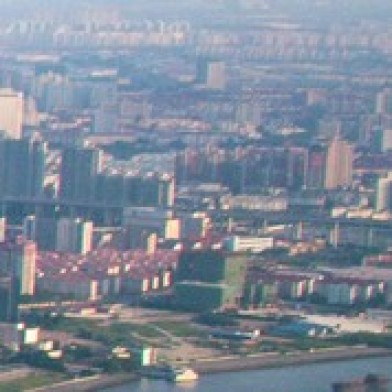The Belt and Road Initiative does have a potential to contribute to connectivity in the region, but it is very much a work in progress, says Bonnie Glaser, director of the China Power Project at the Centre for Strategic and International Studies in Washington, United States.
What are China’s intentions with the Belt and Road Initiative?
There’s many layers of Chinese interest that are engaged in the Belt and Road Initiative. There’s the absorption of over-capacity domestically, enabling state-owned enterprises, for example, to participate in these infrastructure projects overseas. There is an element of creating dependence by neighbours on China.
That said, there are some potential positives for the region. There is certainly a need for more infrastructure, if it’s high quality and if the financing is not detrimental to countries’ interests.
Potentially, if other countries are involved that force the Chinese to pay attention to things like high standards for the environment and for labour, and to have financing that is fair and will not be such a burden on other countries, it does have a potential to contribute to connectivity in the region.
“There is certainly a need for more infrastructure, if it’s high quality and if the financing is not detrimental to countries’ interests.”
China didn’t invent connectivity. There are lots of countries building connectivity in Asia and Europe to connect different parts of the world. The US is a small part of that, Japan has been part of it, Turkey is part of it. It should be looked at as a broader set of ways in which connectivity is being developed.
I hope that China is doing it in a way where in working with other countries it contributes beneficially to regional prosperity. But it is very much a work in progress.
Does that mean that other countries have a responsibility to get on board the BRI project, to ensure it’s carried out in a sustainable way?
I do think that if you take the Asia Infrastructure Investment Bank (AIIB) as an example, you can see the inclusion of so many other countries – and particularly Western democracies that were willing early on to come to the table and be part of it, including New Zealand – that the AIIB is a different organisation today than the Chinese initially conceived. It looks more like the existing financial institutions, in terms of the way it is engaging in its lending practices.
There haven’t been many projects so far but the AIIB is working with the World Bank and with the Asian Development Bank, and China has not been able to dominate it in a negative way.
If we take that as an example, then perhaps the participation by other countries in the Belt and Road Initiative can have a similar outcome.
Bonnie Glaser is director of the China Power Project at the Washington-based Centre for Strategic and International Studies (CSIS). She spoke to the Asia Media Centre about the Belt and Road Initiative during a visit to New Zealand in December 2017.
– Asia Media Centre


